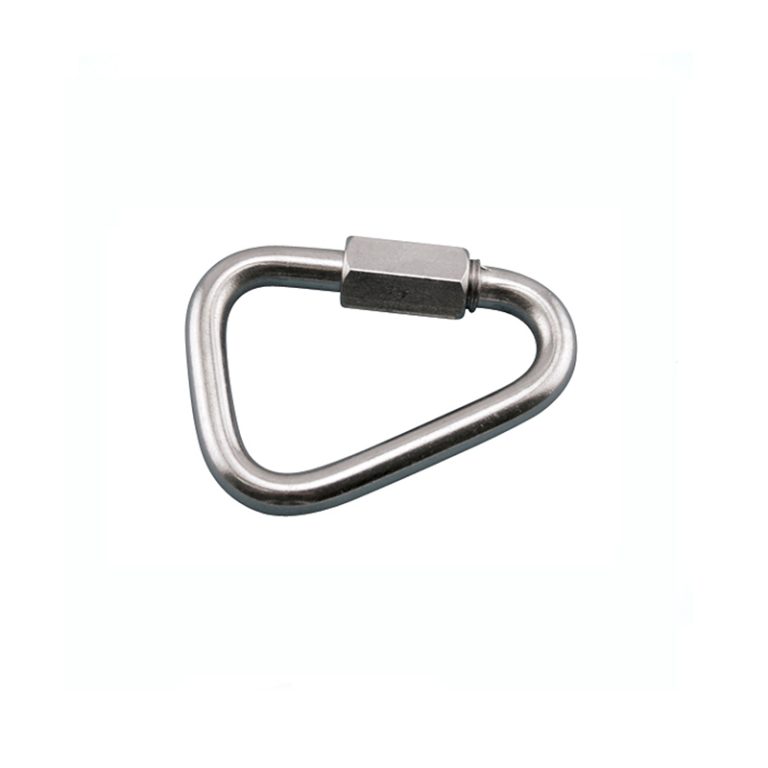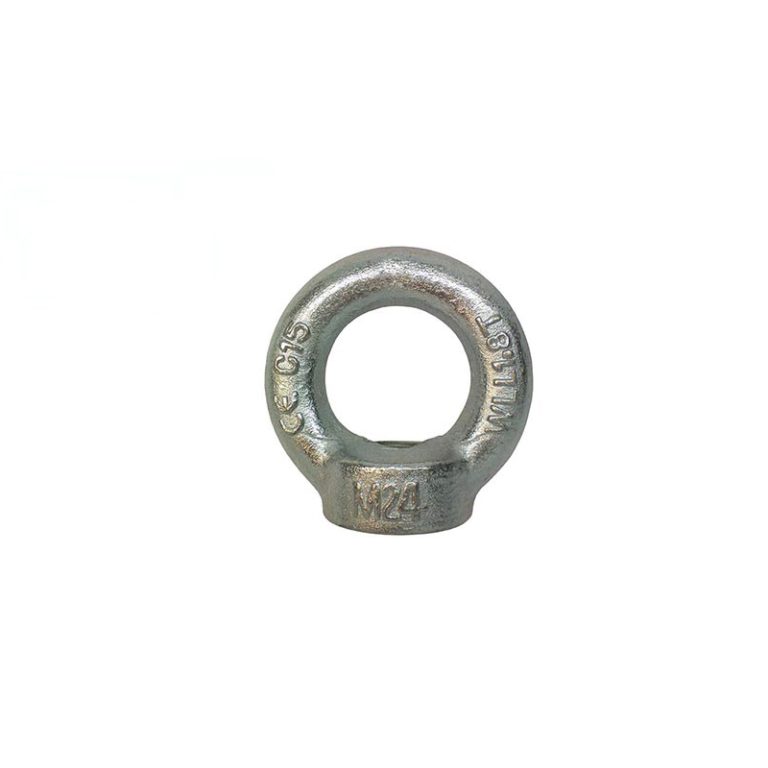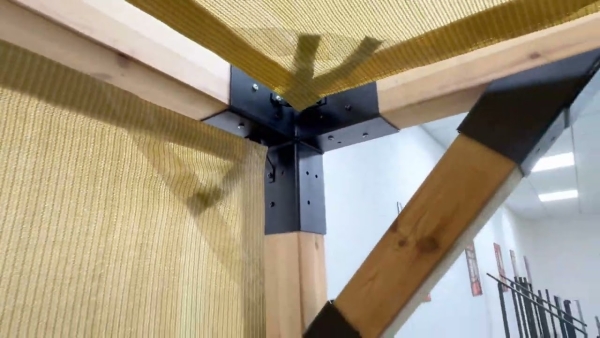Table of Contents
Pros and Cons of Different Pergola Timber Post Sizes
When it comes to building a pergola, one of the most important decisions you will need to make is choosing the right timber post sizes. The size of the timber posts you select will have a significant impact on the overall strength and stability of your pergola, as well as its aesthetic appeal. In this article, we will discuss the pros and cons of different pergola timber post sizes to help you make an informed decision.
One of the most common timber post sizes used for pergolas is 4×4 inches. This size is popular because it strikes a good balance between strength and aesthetics. A 4×4 inch timber post is sturdy enough to support the weight of the pergola structure and any additional features, such as hanging plants or lights. Additionally, a 4×4 inch post is visually appealing and can give your pergola a more substantial and substantial look.
However, one of the drawbacks of using 4×4 inch timber posts is that they may not be strong enough to support larger pergolas or structures with heavy roofing materials. In these cases, it may be necessary to use larger timber post sizes, such as 6×6 inches or even 8×8 inches. These larger post sizes offer increased strength and stability, making them ideal for larger or more complex pergola designs.

Another consideration when choosing timber post sizes for your pergola is the spacing between the posts. The distance between each post will depend on the size of the posts themselves, as well as the overall size and design of the pergola. In general, it is recommended to space timber posts no more than 8 feet apart to ensure adequate support and stability.
In addition to the size of the timber posts, you will also need to consider the type of wood used. Different types of wood have varying levels of strength, durability, and resistance to rot and decay. Cedar and redwood are popular choices for pergola construction due to their natural resistance to insects and decay. However, these woods can be more expensive than other options, such as pressure-treated pine.
Pressure-treated pine is a cost-effective alternative to cedar and redwood and offers good strength and durability. However, it is important to note that pressure-treated pine may not have the same aesthetic appeal as cedar or redwood and may require more maintenance over time.
Ultimately, the right timber post size for your pergola will depend on a variety of factors, including the size and design of the pergola, the weight of any additional features, and your budget. It is important to carefully consider these factors and consult with a professional builder or contractor to ensure that you choose the right timber post sizes for your specific needs.
In conclusion, choosing the right timber post sizes for your pergola is a crucial decision that will impact the strength, stability, and overall appearance of your structure. By considering factors such as post size, spacing, wood type, and budget, you can make an informed decision that will result in a beautiful and functional pergola that will stand the test of time.
How to Determine the Best Pergola Timber Post Size for Your Project
When it comes to building a pergola, one of the most important decisions you will need to make is choosing the right timber post size. The size of the timber posts will not only affect the overall look and feel of your pergola but also its structural integrity and longevity. In this article, we will discuss how to determine the best pergola timber post size for your project.
The first step in determining the right timber post size for your pergola is to consider the overall design and size of the structure. Larger pergolas with longer spans will require thicker and sturdier timber posts to support the weight of the roof and any additional features such as hanging plants or lights. On the other hand, smaller pergolas with shorter spans may be able to get away with thinner timber posts.
Another important factor to consider when choosing the right timber post size is the type of timber you will be using. Different types of timber have different strengths and load-bearing capacities, so it is important to choose a timber species that is suitable for the size and design of your pergola. Hardwoods such as oak, cedar, and redwood are generally stronger and more durable than softwoods like pine or spruce.
In addition to the size and type of timber, you will also need to consider the spacing of the timber posts. The spacing between the posts will depend on the size of the pergola and the load it will need to support. As a general rule of thumb, timber posts should be spaced no more than 8 feet apart to ensure adequate support for the roof and any additional features.
It is also important to consider the height of the timber posts when determining the right size for your pergola. Taller posts will provide more headroom and a more open feel to the structure, while shorter posts may be more suitable for smaller pergolas or areas with limited space. The height of the posts will also affect the overall aesthetics of the pergola, so it is important to choose a size that complements the design of your outdoor space.
When it comes to choosing the right timber post size for your pergola, it is always best to consult with a professional builder or architect. They will be able to assess your specific needs and recommend the most suitable timber size and spacing for your project. Additionally, they can help you navigate any local building codes or regulations that may impact the design and construction of your pergola.
In conclusion, choosing the right timber post size for your pergola is a crucial step in ensuring the structural integrity and longevity of the structure. By considering factors such as the size and design of the pergola, the type of timber used, the spacing of the posts, and the height of the posts, you can create a beautiful and functional outdoor space that will stand the test of time.







